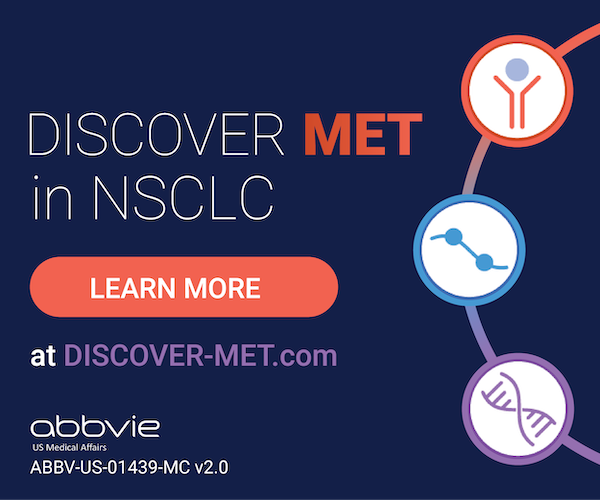Table of Contents
Clinical features | Treatment | Gross images | Microscopic (histologic) descriptionCite this page: Weisenberg E. Pulmonary hypertension. PathologyOutlines.com website. https://www.pathologyoutlines.com/topic/lungnontumorpulmonaryhyper.html. Accessed April 27th, 2024.
Clinical features
- Defined clinically as mean resting pulmonary artery pressure > 25 mm Hg or systolic > 30 mm Hg, usually not symptomatic until 60 mm Hg
- Also defined as 25% or more of systemic pressure (normal is 10%)
- Classified based on consensus conference (J Am Coll Cardiol 2009;54:43)
Pulmonary arterial hypertension (PAH):
- Idiopathic
- Familial
- Associated with:
- Collagen vascular disease
- Congenital systemic to pulmonary shunts
- Portal hypertension
- HIV infection
- Drugs and toxins (historically diet drug fenfluramine and phentermine fen-phen)
- Other
- Associated with significant venous or capillary involvement:
- a) Pulmonary venous occlusive disease
- b) Pulmonary capillary hemangiomatosis
Pulmonary venous hypertension:
- Left sided atrial or ventricular heart disease
- Left sided valvular heart disease
Pulmonary hypertension associated with hypoxemia:
- COPD
- Interstitial lung disease
- Sleep-disordered breathing
- Alveolar-hypoventilation disorders
- Chronic exposure to high altitudes
Pulmonary hypertension due to chronic thrombotic or embolic disease:
- Thromboembolic obstruction of proximal pulmonary arteries
- Thromboembolic obstruction of distal pulmonary arteries
- Nonthrombotic pulmonary embolism (tumor, parasites and foreign material)
- Miscellaneous (sarcoidosis, Langerhan cell histiocytosis and compression of pulmonary vessels)
- In secondary forms, endothelial cell dysfunction initiates the disorder; causes decreased production of nitric oxide and prostacyclin and increased levels of endothelin, leading to endothelial cell activation, constriction and thrombogenesis; usually women ages 20 - 40 years; some patients have vasospastic element
Idiopathic:
- Sporadic, requires exclusion of other known causes
- Usually women 20 - 40 years old
- Sometimes children are initially asymptomatic, then shortness of breath, fatigue, angina, progressing to right ventricular hypertrophy, cor pulmonale, pulmonary emboli or pneumonia
Familial:
- Rare, autosomal dominant with incomplete penetrance
- Mutations in bone morphogenic protein receptor 2 signalling pathway (BMPR2)
Treatment
- Vasodilators, calcium channel blockers, nitric oxide, antithrombotic medications, prostacyclin analogues, endothelial cell receptor antgonists, phosphodiesterase-5 inhibitors and lung transplant in selective patients
- Disease reversible if arterial lesions restricted to medial hypertrophy, intimal thickening of longitudinal smooth muscle or cellular intimal proliferation
Microscopic (histologic) description
- Organizing thrombi (suggests recurrent pulmonary emboli)
- Interstitial fibrosis if hypoxia
- Changes in major vessels / branches are similar to systemic atherosclerosis
- Small vessels have medial hypertrophy and intimal fibrosis, which may narrow lumina to pinpoint
- Plexogenic arteriopathy: tuft of capillaries spanning lumina of arteries, changes can be quantified using Reid index





